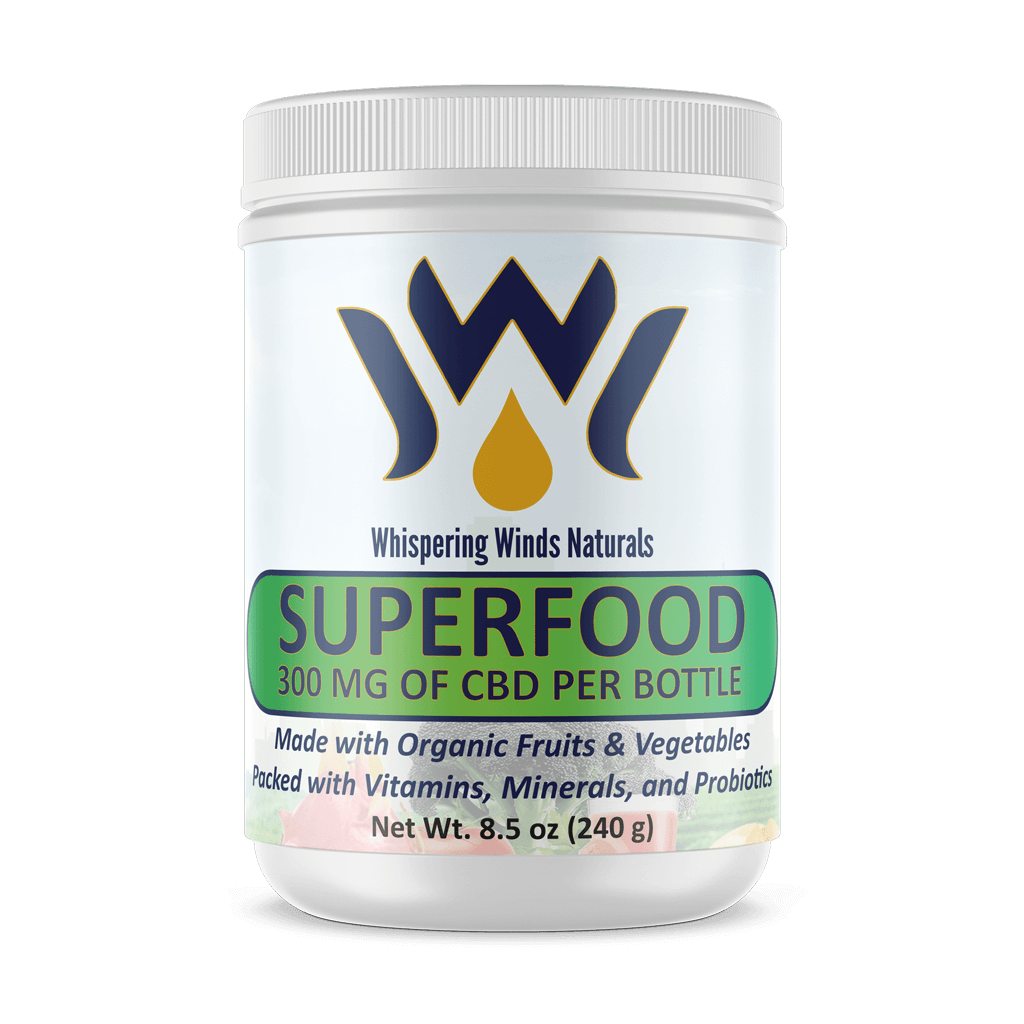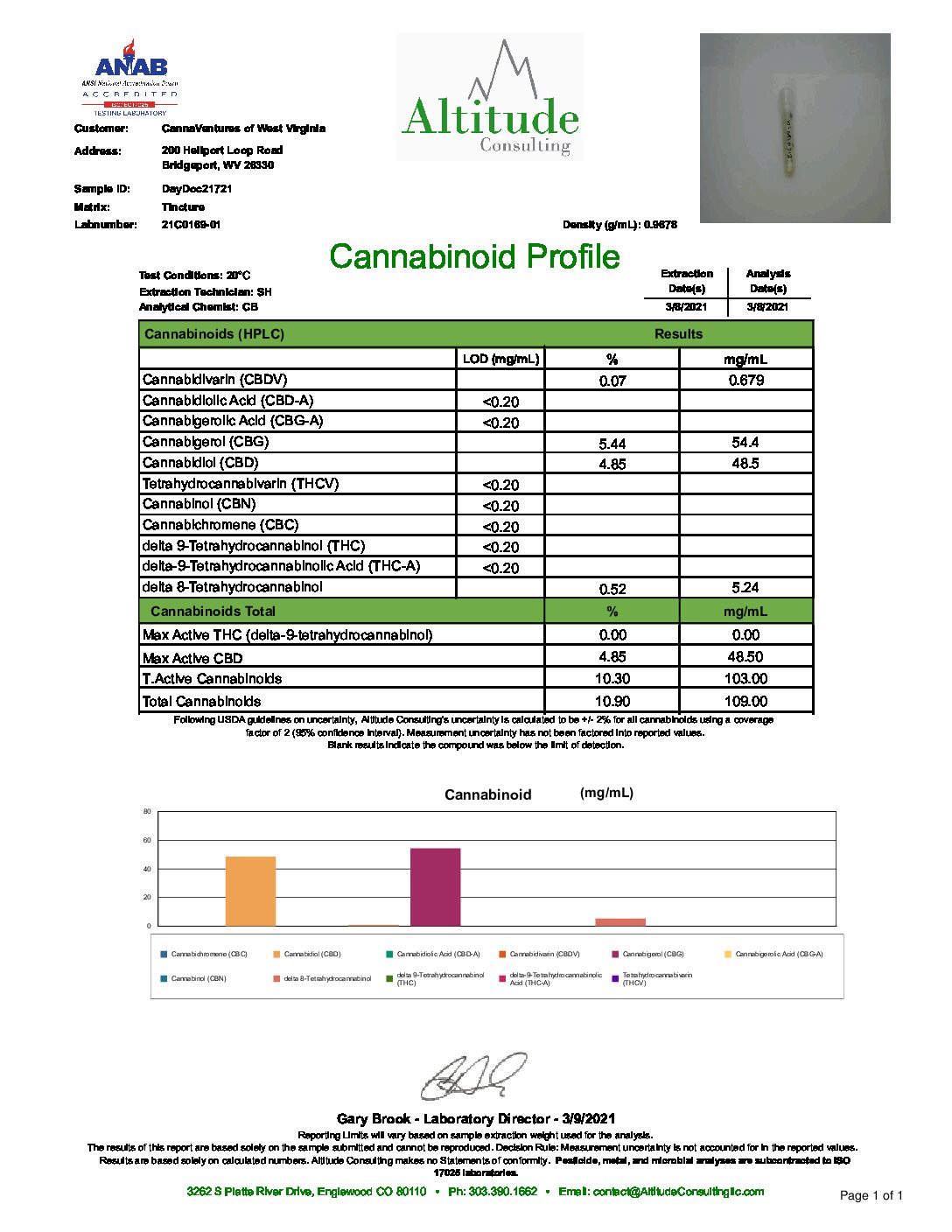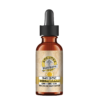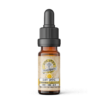Quick overview of Indica and Sativa strains
Indica strains known as the “couch-lock” or “high head” are a kind of cannabis known for their robust effects and invigorating afterglow. Indica strains are popular among those who suffer from insomnia or anxiety. They are also great instigators for bouts of creativity — in many cases helping out with focus and the imaginative process.
Sativa strains are used more as daytime medication and can be stimulating. They’re also less likely to make you feel drowsy after using them and tend to give off a cerebral high that makes it easier to focus on tasks at hand.
It should be noted before we continue that research examining these effects is limited. The following information is only meant to provide you with a brief overview of what you should be looking for to understand strain effects.
Hybrid strains are a combination of both. Mutations created by breeders are meant to take some features of one strain and include them in another.
Understanding strain effects is a critical part of coming to grips with what you’re buying and the kind of “high” you’re getting yourself into. It takes into account the understanding of how your genetics will affect your experience, to determine how potent the plant will be for you, this is important information to know before you consume cannabis.
There are generally three main types of cannabis that can be consumed: Indica, Sativa, and Hybrid. They each have varying levels of potency, can provide different physical effects, and even alter moods in different ways.
Sativas in depth
Sativas, as a rule of thumb, is said to be more invigorating, more energizing. They are supposed to make you feel more focused and more intentional with your creative side.
These types of cannabis are mostly found in hot, dry environments and cultivated on long sunny days. Climates like Africa, Central America, Southeast Asia, and large swaps of Western Asia. In the United States, they are mainly produced and cultivated in greenhouses.
Sativas are tan and thin with finger-like leaves. They can grow up to 12 feet and take much longer to mature than other cannabis plants.
Typically speaking, they have a much lower dose of CBD and a higher THC kick. The three most popular strains of salivas are: Acapulco Gold, Panama Red, and Durban Poison.
Indicas in depth
Indicas, generally speaking, are more relaxing and calming. They are said to give you a more mellow high. Because of the deep relaxation, these types of plants are normally recommended for nighttime use.
Indicas are native to Afghanistan, India, Pakistan, and parts of Turkey. They are plants that have adapted to the harsh, violent, dry climate of the Hindu Kush mountains. They need a turbulent atmosphere and weather to grow.
Indicas are short and stocky, with bushy greenery. Their leaves grow wide and broad. They grow much faster than sativa and each plant produces a lot of buds.
These plants have a higher level of CBD. They are generally consumed due to their intense relaxing effect. They may also reduce nausea, and pain, as well as increase appetite. These plans are used prominently in Cancer treatments to combat the effects of radiotherapy or/and chemotherapy treatments.
Popular strains are Hindu Kush, Afghan Kush, and Granddaddy Purple.
Obsolete terms
Many in the industry have shied away from the “head” like mentality previously associated with these names — Sativa, indica, and hybrid. They have moved away from classifying the strains based on the plants to correctly defining them based on the “chemovars” — their chemical varieties. Instead, the word “strain” has evolved to refer to bacteria and viruses that may affect the plant.
Today, in most professional settings, strains or “chemovars,” are broken up into 3 types.
- Type I: high THC.
- Type II: THC/CBD combine.
- Type III: high CBD.
THC is the main psychoactive compound found in most cannabis plants. It’s what is normally associated with “getting high” and that euphoric feeling associated with cannabis use. CBD, on the other hand, is associated with the calming effects of the plant — with reducing pain, preventing seizures, easing migraines, and normally giving its users a feeling of well-being.
This is on account that the category, whether it’s a sativa or indica, isn’t the best indicator when it comes to the effects you’ll experience.
Interested in trying an Indica or Sativa strain?
Check out some of our craft products!
Day Doc Delta 8 Craft Tincture (Sativa)
Doc’s OG 1G Delta 8 Cartridge (Sativa)
Night Nurse Delta 8 Tincture (Indica)
Fire OG 1G Delta 8 Cartridge (Indica)










